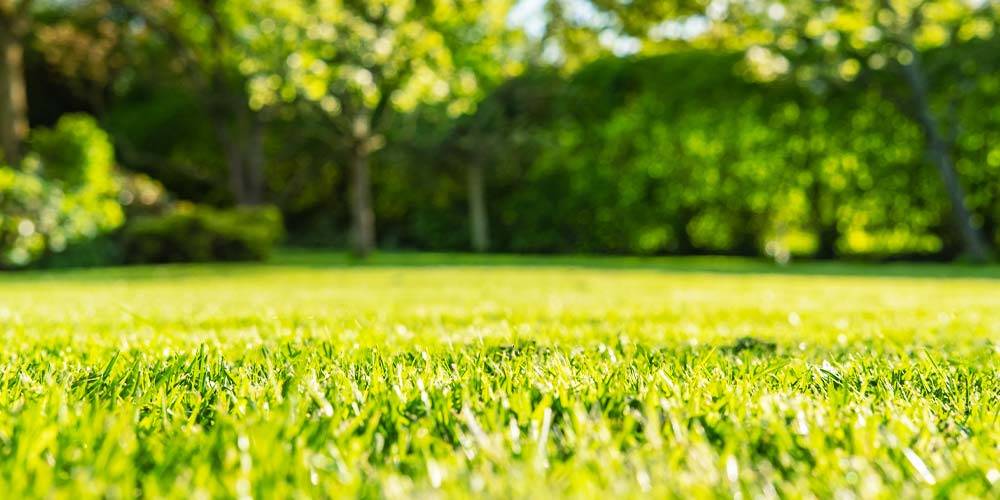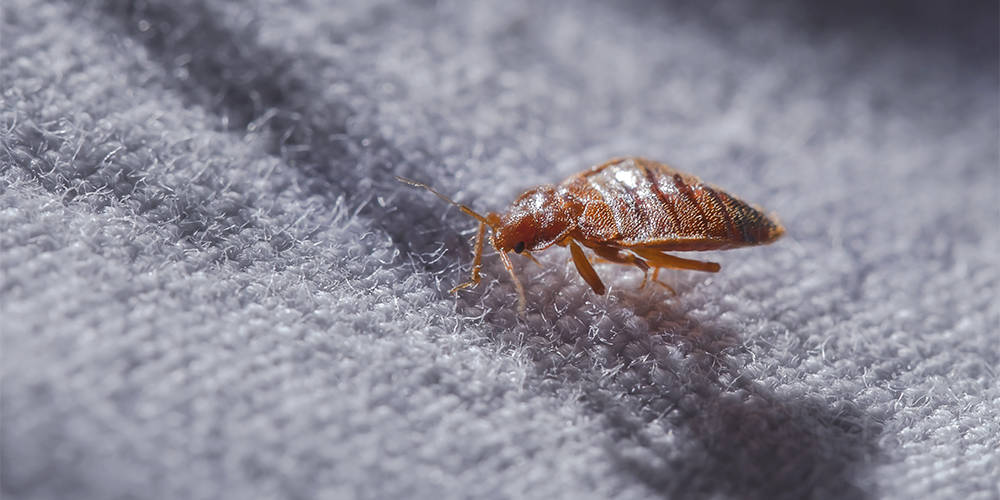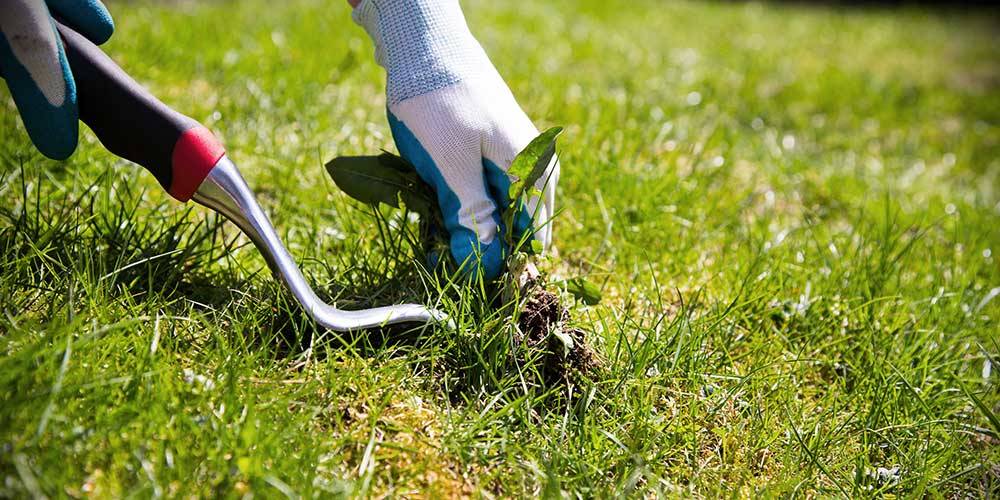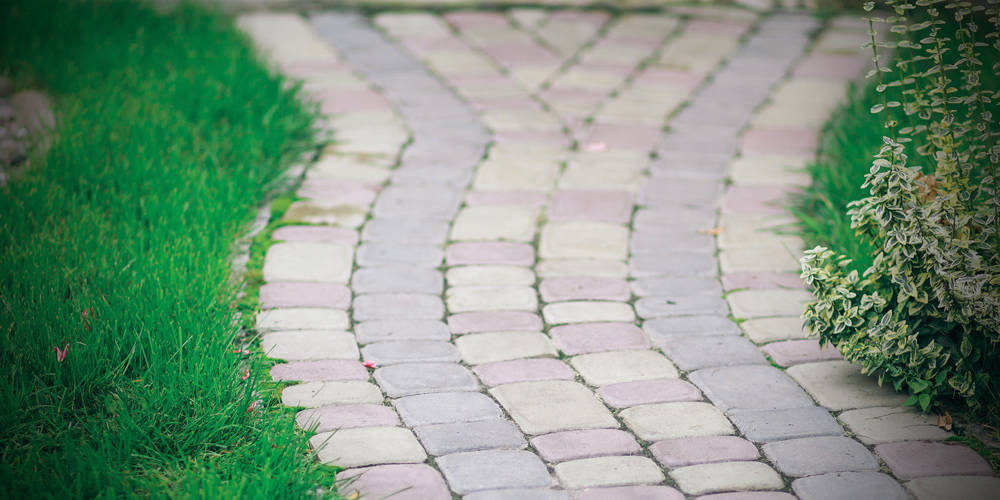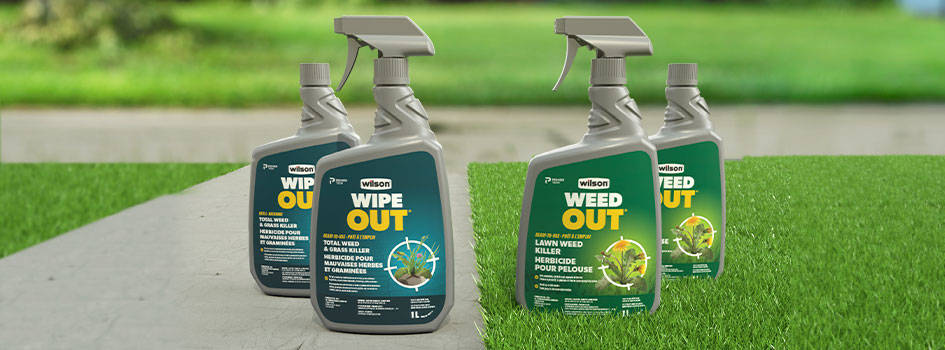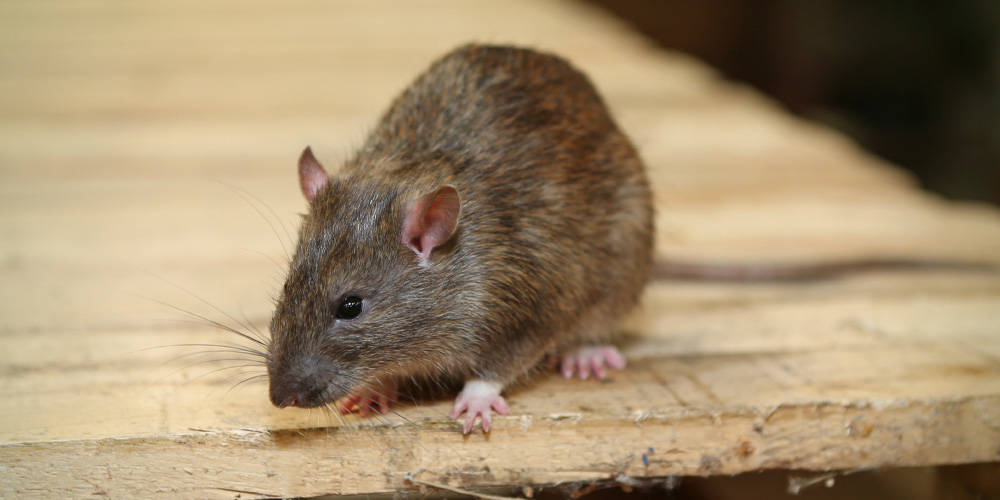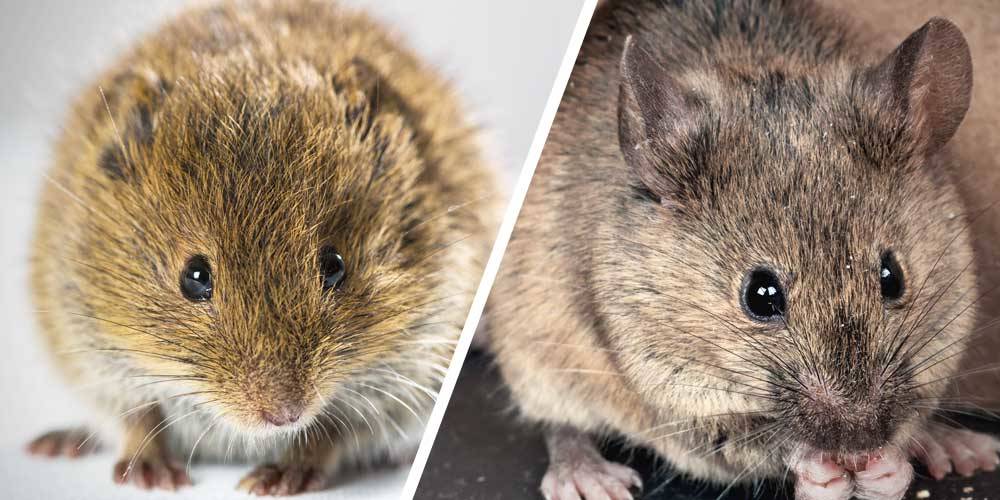How to control slugs and snails in the garden
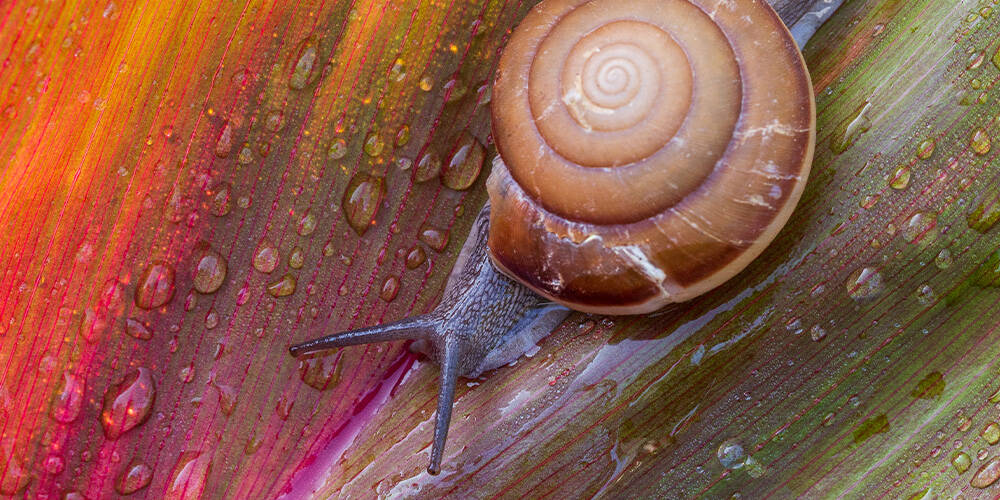
Are you finding your plant leaves looking like Swiss cheese? And no noticeable bugs on them? What’s going on here?
Chances are fairly good that you have sneaky Slugs & Snails. They come out at night to chew on your plant leaves, and then by dawn, they slither back into the soil, or hide under dead leaves, rocks, mulch or any article like wooden boards that are left on the garden soil. Unless you are specifically looking for them at night with a flashlight, you’d never see them.
How do I tell if slugs and snails are eating my plants?
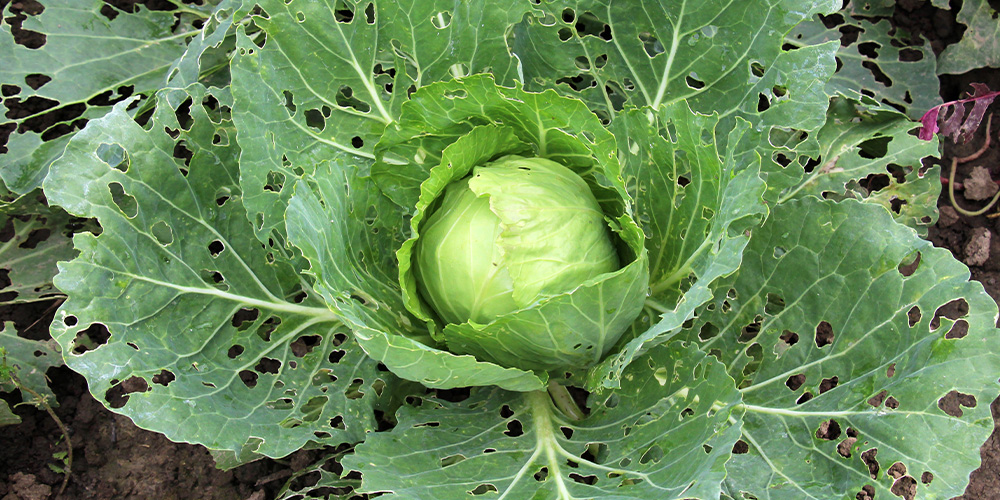
There are telltale signs that will give you a clue that slugs or snails have been visiting. You’ll see rounded, irregular holes that are often between the leaf veins instead of the edges.
Look for the silvery, slimy trails that they leave behind. And you might spot the poop: all slug and snail species pass out the same poop shape, a rope-like shape. At first, the poop is long and looks like a small rope. But when it dries up, it changes shape to a more constricted C-shape. It also breaks into smaller pieces in its dry state.
Snugs and snails: differences and comparison
Slugs and snails are soft-bodied, slow-moving mollusks that do well in moist environments. Unlike slugs, snails are the ones with shells for better protection.
They’ll both chew on quite a wide variety of vegetation. If present, they’ll run havoc on most of your garden vegetables, even your young seedlings, as well as their favourite leafy perennials, like hostas. Although mature plants will survive, they are weakened and will look unsightly. The damage will weaken the plant, disrupting its potential harvest or desired appearance. These pests can eat up to 40% of their weight in a day.
How long do slugs and snails live… and how fast can they reproduce?
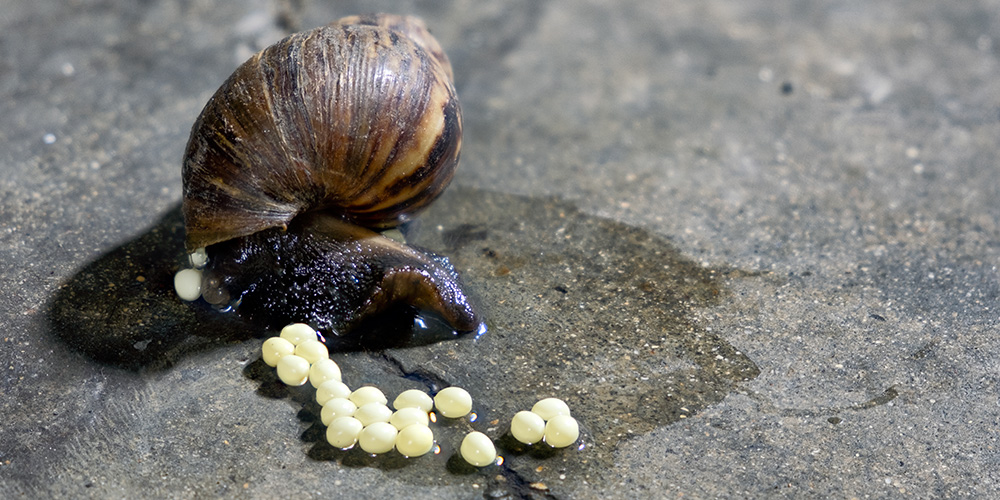
Keep in mind that if you see evidence of their handiwork, you may very well have a potential problem. Why? Because they are prolific breeders! A snail lives for about 5 years and will produce 40-80 eggs at a time, up to 6 times a year. Slugs live up to 2 years. It has been documented that you could have about 200 slugs and snails living in a cubic metre of garden soil.
Eggs may hatch in about 1 month under favourable conditions. After hatching, the young start feeding and can reach sexual maturity in 3-5 months (depending on the weather conditions, some snails may take up to 2 years to reach maturity). Eggs that were laid in the late fall will survive the winter in your garden soil and hatch the following spring. Many slugs and snails that hatch in the spring can begin laying eggs in the fall. Look for the eggs in the fall.
How to get rid of slugs and snails in the garden?
It is best to get at controlling them in the fall and again in the early spring before eggs are laid and hatched. Because the pests are hiding all day, unseen, and since there is no contact kill pesticide available, it is trickier to control them. Seasoned gardeners have a multitude of suggested controls or deterrents.
- Hand picking : Well, as squeamish as that sounds, go out at dusk or dawn with a flashlight and pick them off your plants wearing gloves and drop them in salty water. Another suggestion is wetting the soil in the late afternoon in active spots and placing boards on top, leaving a small gap underneath for the culprits to hide. Then in the morning, flip the board over and pick them off. Doing this repeatedly really does help lower the population.
- Put down a barrier around your plant stems or garden : Slugs and snails will tend to avoid rough barriers, such as sand, grit, ash, crushed eggshells, coffee grounds, sawdust, etc. You’ll need to reapply after a rainfall or watering. Other suggestions include placing copper flashings around each plant or row. Some say the copper causes a minor electrical shock to them, so they avoid it. Another suggestion is to place a piece of aluminium window screen 2.5 cm deep and sticking up 5 cm, which will create a fence that they won’t bother crawling up on.
- Trapping: Many consider that drowning slugs in a trap is quite effective. Simply bury a container, such as a used and cleaned margarine, sour cream or yogurt container, to soil level. Add in 2.5 to 5 cm (1-2”) of beer (0% alcohol beer works better), or a mixture of yeast, sugar and water. The mollusks are attracted to the scent and will fall into the liquid and drown. Clean the traps of dead pests every day. Replace the liquid once a week. The downside to the trap method is that it only works within a range of a metre. Because of this, you have to put many traps out.
- Diatomaceous earth: This is a fine powder that comes from crushed microscopic marine fossils. Dust it on the soil, plant stem or leaves. The slugs and snails crawl over the powder, which sticks to their bodies and dehydrates them, and they die. Reapply after a rainfall.
- Chemical slug pellets : Another effective control method is the use of chemical slug pellets. These are comprised of ferric phosphate or ferric sodium EDTA. You need to scatter the pellets around the perimeter of the garden or the plants. The downfall is that the pellets need to be kept out of the reach of children and pets.
How do I keep my garden snail-free?
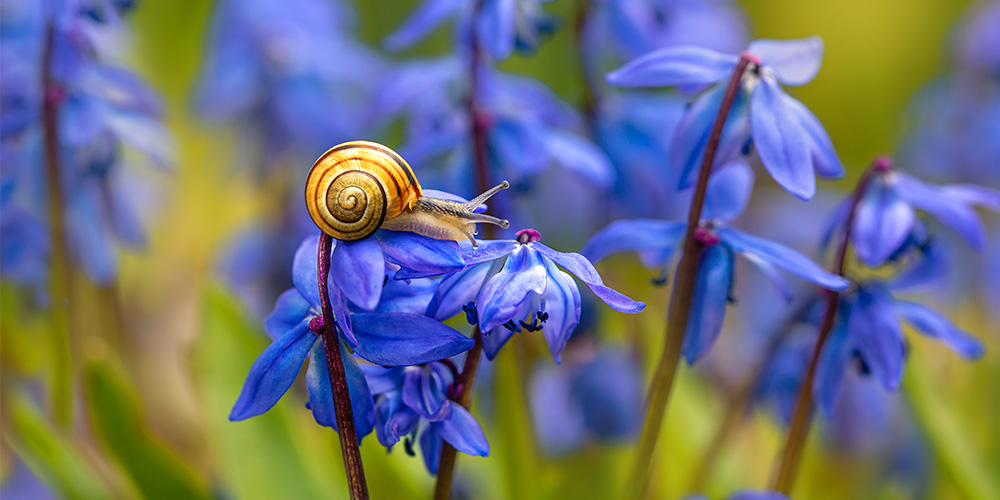
Here are 4 tips you can use to make your garden less appealing for snails and slugs.
1. Discourage slugs by creating lighter, drier conditions
Where possible, stake plants and prune lower leaves to raise plants off the soil and away from slugs. Divide or thin plants to improve air circulation, allowing the soil surface to dry out. Make vegetable garden rows further apart.
While chopped leaves make an excellent mulch, too much can encourage slug habitat. Remove extra leaves in spring.
Avoid watering your garden in the evening when the pests come out to feed. Water in the morning. Relocate objects where slugs hide such as containers, boards, pavers and flat stones.
2. Grow plants that slugs and snails dislike
Slugs and snails feed on leafy ornamental plants that grow in partial to full shade, on ripening fruits and vegetables, on the leaves of many plants (especially seedlings) and on decaying plant matter. Generally, they do not bother plants that grow in full sun. They tend to avoid plants with tough, hairy leaves.
Slug and snail-resistant plants: agapanthus, anemone, astilbe, bamboo, bleeding heart, candytuft, coral bells, ferns, foxglove, hens and chicks, ivy, juniper, nandina, sedum, Solomon’s seal, sweet woodruff, wintergreen, yew.
Slugs love to eat: basil, all plants from the broccoli family, lettuce, strawberries, campanula, daffodils, gentian, hosta, impatiens, Japanese painted fern, leopard’s bane, lilies, lobelia (perennial), marigolds, narcissus, primrose, star of Bethlehem, trillium, tuberous begonia, violas, wild ginger.
3. Keep in mind companion planting
This involves growing certain plants together to help repel pests. In the garden, you could introduce certain companion plants next to vulnerable ones that help repel slugs, such as garlic, onions, mint and rosemary. Plants that are spiky and have strong-smelling oils, like lavender and sage, are not attractive to these mollusks.
4. Attract natural slug and snail predators
Certain insects and animals feast on slugs and snails. These include toads, snakes, beetles, marsh flies, birds, frogs, salamanders, newts, ducks and millipedes. To encourage those that fit your gardening approach, create a welcoming environment by adding things like a small pond and/or bird feeders near your garden.
